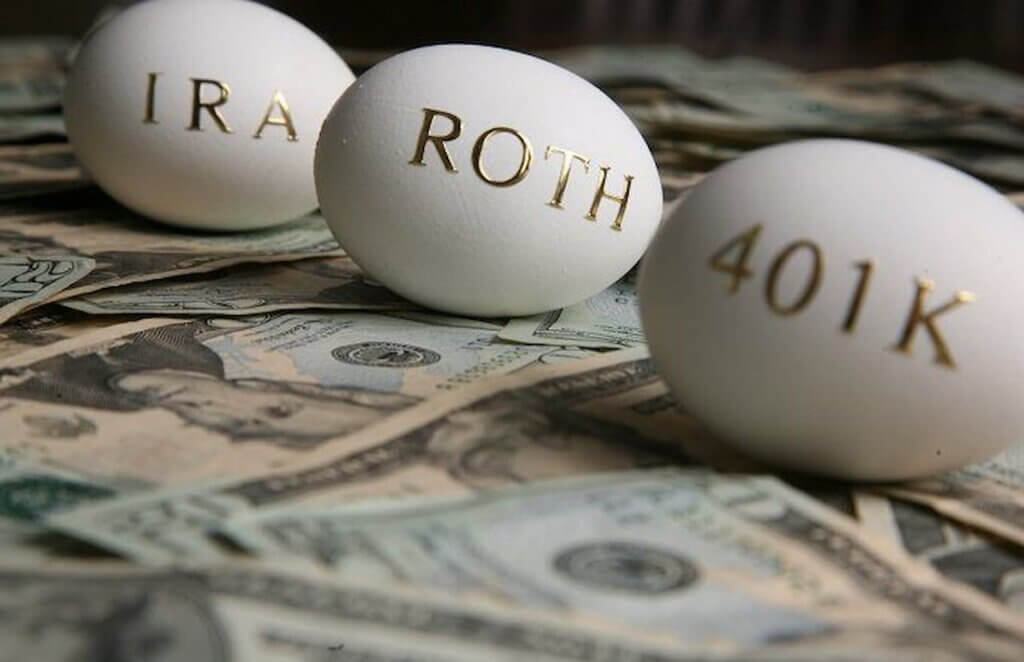
The IRS defines net investment income as the sum of your interest income, dividends, rent, and royalties. This includes gains from the sale of investment real estate, interest, dividends, and other nonqualified annuity payments. The IRS also includes short-term capital gains and gains from the sale of an interest in an S corporation.
There are a variety of ways to calculate net investment income. You can include your 401(k) plan or other tax-deferred accounts, the amount of your qualified dividend income, and the amount of interest you earn from your municipal bonds.
What is the Net Investment Income Tax (NIIT)?
Net Investment Income Tax, or NIIT, is a tax on certain net investment income. It applies to individuals, trusts, and estates. The IRS provides details about the tax on Form 1040. The IRS has issued information on the tax in proposed regulations for the 2013 tax year.
The Net Investment Income Tax, also known as NIIT, is a 3.8% tax on certain net investment income. It applies to income from trading financial instruments, property held in a trade or business, and other investments. There are certain restrictions. This tax is imposed by section 1411 of the Internal Revenue Code. It does not apply to gains excluded from gross income for regular income tax purposes, such as dividends and interest. NIIT revenues are directed to the general fund.

What is the Net Investment Income Tax for the Current Year?
In 2024, individual taxpayers are liable for a 3.8 percent Net Investment Income Tax when their adjusted gross income exceeds a statutory threshold. The thresholds vary by filing status and income level.
The tax is imposed by SS1411 of the Internal Revenue Code. Various forms of income are included in the calculation of Net Investment Income, including short-term and long-term capital gains, interest, dividends, and business income from trading financial instruments.
How is Net Investment Income Tax Calculated?
To calculate NIIT, you need to calculate the gross investment income and then subtract the deductible expenses. Deductible expenses include investment interest expenses, brokerage fees, and rental and royalty income costs. There are also special rules that apply to traders of financial instruments.
In addition to calculating your net investment income, you can also reduce your NIIT liability by tax-loss harvesting and other tax planning strategies. You can also reduce your taxable income by taking advantage of tax-advantaged retirement plans. These can include traditional IRAs, Roth IRAs, 457(b) plans, and qualified annuities. These tax-advantaged vehicles allow you to lower your modified adjusted gross income.
How Do You Understand if Net Investment Income Tax Applies to You?
A high-income individual with adjusted gross income exceeding the filing status threshold may owe the net investment income tax. However, the threshold amount is not indexed for inflation. Individuals with a modified adjusted gross income that exceeds $200,000 for single taxpayers and $250,000 for married taxpayers may owe the tax.
The NIIT is a tax levied primarily on the income of individuals with taxable income exceeding certain thresholds. It is imposed in addition to ordinary income tax and the AMT. In the case of a single individual, it is a 3.8% tax levied on investment earnings. The tax is not applicable to self-employment earnings. However, an additional 0.9% Medicare tax applies to income earned by salaried individuals.